In response to the increasing demand for high-quality audio and video applications in the consumer market, the HDMI Forum released the latest specifications of HDMI 2.1. The most amazing new feature is the addition of the FRL (Fixed Rate Link) transmission mode, which can be said to be subverted. The way the HDMI interface transmits signals in the past. Before the release of HDMI 2.1, the TMDS (Transition Minimized Differential Signaling) architecture was used for signal transmission, with a maximum bandwidth of 18Gbps, which can be used to transmit 4K high-quality images such as 3840x2160p 60, while the bandwidth of FRL mode It is increased to 48 Gbps, and can transmit images with a resolution of up to 10K by means of compression. How does FRL achieve such a high bandwidth?
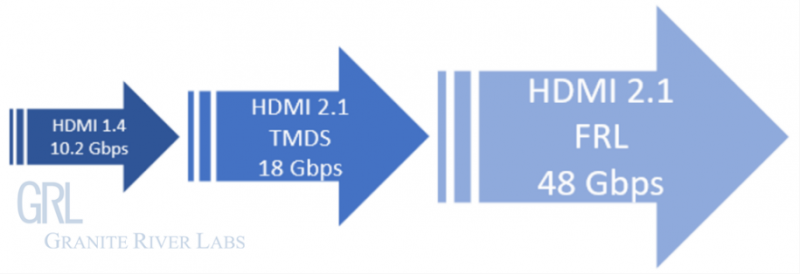
Figure 1: HDMI bandwidth evolution
Regarding the operation of HDMI channel transmission, under the traditional TMDS architecture, an independent channel is used to transmit the Clock signal, but in the FRL architecture, the Clock is embedded in the Data signal, and then through the subsequent Clock Recovery. In this way, the clock signal can be analyzed (as shown in Figure 2). In this way, one more channel can be used to transmit the image signal, and the bandwidth is therefore improved. On the other hand, under the FRL architecture, a new physical layer transmission method is introduced, the 8b/10b encoding method used in TMDS, and the 16b/18b encoding method used in FRL (Figure 3), which further improves the use of channel bandwidth Rate, allowing the channel to transmit higher resolution and image update rate, providing consumers with a better audio and video quality experience.
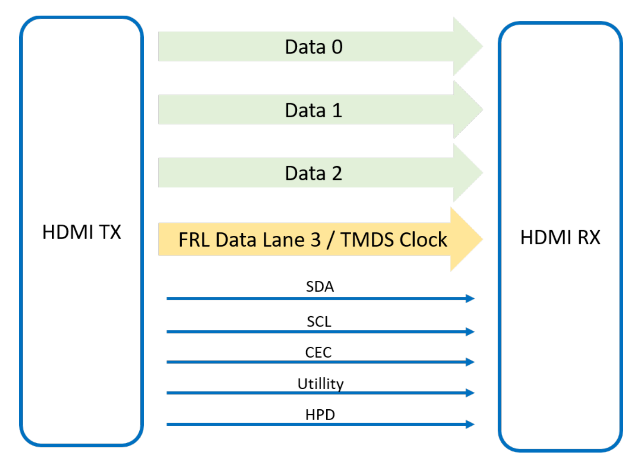
Figure 2: Schematic diagram of HDMI signal channel

Figure 3: Schematic diagram of 16b/18b code conversion
Since under the FRL architecture, Link Training is used to determine what rate is currently used to transmit the signal, HDMI 2.1 FRL mode defines six channel rates for customers to design product specifications (see Table 1). Among them, the FRL mode still maintains a 3-channel transmission mode. Since products that support HDMI 2.1 FRL need to be backward compatible with the HDMI TMDS mode, the original Clock channel specifications can have greater channel attenuation. The FRL mode can also be supported under the architecture, so there is a design with 3 channels.
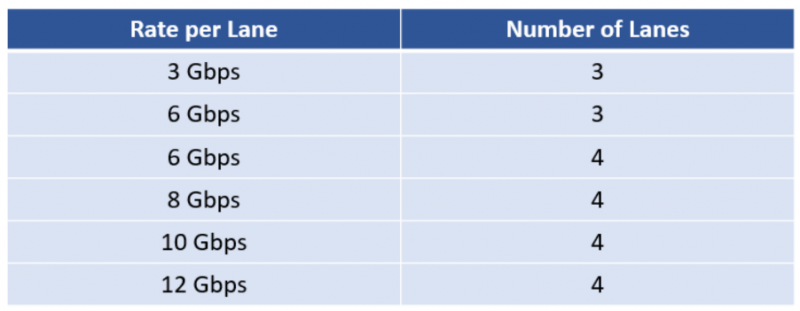
Table 1: FRL rate and channel relationship diagram
In HDMI 2.1 FRL mode, it can support up to 12Gbps per channel. Due to the increase in transmission rate, it will face greater attenuation of high-speed signals on the channel. In order to improve the attenuation of the signal, HDMI2.1 introduces more variety Equalizer application (Figure 4).
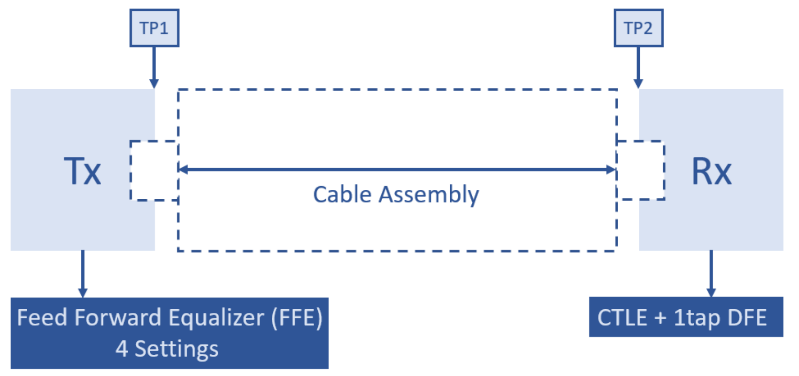
Figure 4: Schematic diagram of HDMI Equalizer
Add the Feed Forward Equalizer (FFE) equalizer on the transmitter end, which is composed of four different sizes of De-emphasis and Pre-shoot values, as shown in Figure 5 below, the Tx end will use 0=TxFFE0 FFE during Link Training. If it is necessary to transmit a higher rate signal, Tx will then use Link Training to determine a higher FFE compensation to ensure that the audio and video data can be completely transmitted to the sink.
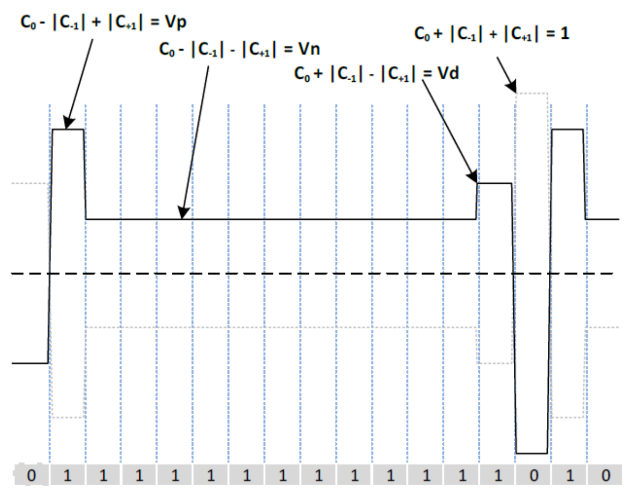

Figure 5: HDMI Feed Forward Equalizer module
On the receiver side, Continuous Time Linear Equalizer (CTLE) and Decision Feedback Equalizer are used. Signals with different data rates can choose to use different levels of CTLE, and the signals that have gone through cable loss can be restored at the receiving end more completely.
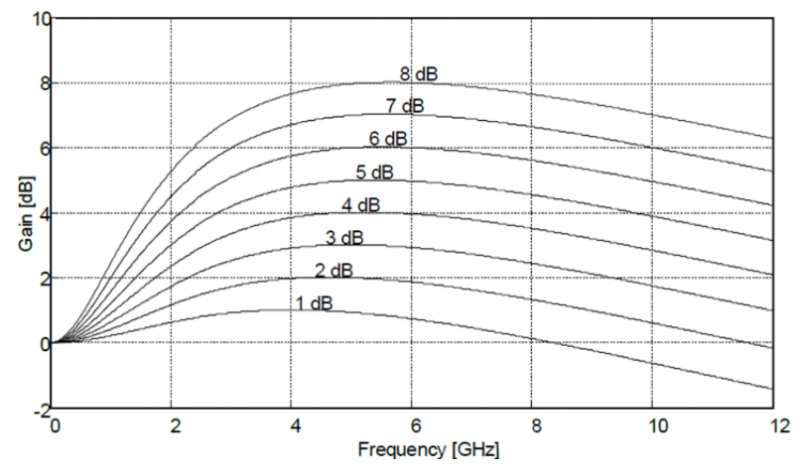
Figure 6: HDMI Continuous Time Linear Equalizer module
In addition to changes to the signal transmission structure, the Extended Display Identification Data (EDID) and Status and Control Data Channel (SCDC) transmitted on the low-speed signal Display Data Channel (DDC) are all open to write in the original Reserve space to increase The new function announcement of FRL mode, and the communication of these low-speed signals is an extremely important role in the process of FRL's Link Training.
The following is a simplified Link Training process (Figure 7 below):
1. Source reads the EDID of the Sink to confirm whether it supports FRL mode, if it does not support FRL mode, it will return to TMDS mode
2. Sink will inform the Source that Link Training can be carried out by writing FLT_Ready in SCDC Status Flags. When Source finds that the value of FLT_Ready is set, you can set the FRL Data Rate to be output and the number of supported channels. Determine the relative TxFFE value
3. Sink will ask Source to output the corresponding Link Training Pattern. After confirming that it is correct, you can enter the formal FRL signal transmission.
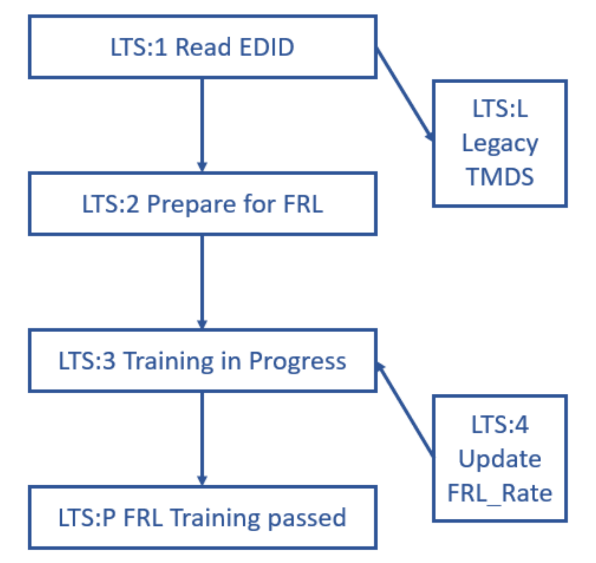
Figure 7: FRL Link Training process
In addition to increasing the channel bandwidth to achieve high-resolution image transmission, HDMI 2.1 introduced the Display Stream Compression (DSC) technology for the first time. DSC can only be used for FRL mode transmission to realize the transmission of 10K images. The concept of DSC is divided or segmented. In such a way, the image is compressed and transmitted to Sink for decoding and restoration, and a lower bandwidth can be used to transmit high-resolution images (as shown in Figure 8 below).

Figure 8: Schematic diagram of DSC
With the increase of channel bandwidth, there are stricter requirements for channel loss during signal transmission. The cable used to transmit the signal has also been upgraded to Ultra High Speed HDMI Cable, which is Category 3 cable, which can transmit up to 48G. Bandwidth, compared with the previous cable e-certification, has added many items, such as ACR (Attenuation to Crosstalk Ratio) and so on.
HDMI 2.1 has also made many updates to the consumer experience. Compared with the Audio Return Channel (ARC) developed by HDMI 1.4, HDMI 2.1 has added an Enhanced Audio Return Channel (eARC), which can transmit up to eight sounds, as well as higher-level sound formats such as Dolby True HD, Atmos, etc., allow consumers to have the same level of audio and video enjoyment as theaters at home.
In addition to the bandwidth upgrade of audio and video transmission, the HDMI2.1 update adds a technology to improve the fineness of the picture. The static High Dynamic Range (HDR) introduced by HDMI 2.0 uses the same parameters for the entire image. HDMI 2.1 introduced Dynamic HDR can be processed differently for each scene, even each frame of the picture, so that the image is more realistically presented to the viewer.
HDMI 2.1 also defines some Gaming Mode functions, including Variable Refresh Rate (VRR), Quick Media Switching (QMS), Quick Frame Transport (QFT), and automatic low-latency mode Auto Low Latency Mode (ALLM), the overall concept is to increase the frame conversion speed, reduce the delay when the video and audio are output to the screen, and allow the user to reduce the picture distortion or the picture breakage during the game screen conversion.
Simply compare the new items of HDMI 2.1. In terms of certification, HDMI 2.1 has completely replaced HDMI 2.0. The difference is that HDMI 2.1 is divided into FRL and TMDS modes. Currently supports FRL's Source, Sink and connector. All of them can be tested and certified. GRL has experience in related testing and evidence collection. The related test items of DSC, HDR and Gaming Mode have not yet been published. I hope that the overall technology will be more complete in the future to enhance the vigorous development of the HDMI imaging industry.


























View More(Total0)Comment Lists